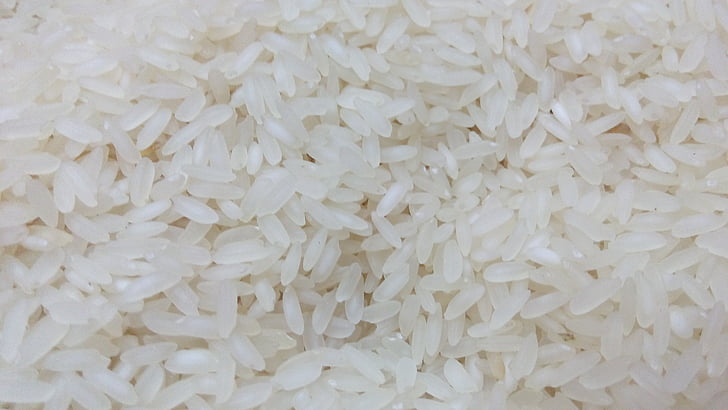Vice President Sara Duterte of the PH has kicked a hornet’s nest after suggesting that the 20 peso ($0.35)-per-kg rice ought to be “fit for human consumption.”
Duterte, who awaits an impeachment trial just before upcoming elections, reiterated that such cheap palay is often for pigs.
Fresh from a Hague visit, where her former President father faces trial, Duterte connected the marginal rice price to electioneering.
She further demanded the reason the offer will only be for the Viyasas, an archipelago in south-central Philippines.
In response, the Department of Agriculture (DA)’s secretary Francisco Tiu Laurel Jr. expressed departmental hurt from the VP’s comments.
Laurel Jr. further affirmed that even officials eat the same rice that the National Food Authority (NFA) sources locally.
Indeed, Malacañang (presidential palace) had previously referred to the 20-peso rice as the same as the 33 peso ($0.59) equivalent.
Kadiwa centers, where locals receive cheap palay, including in Quezon City near Manila, are busy preparing for supplies.
The south-central Philippines Cebu city will kick-start sales on May 1, 2025, according to the presidential palace’s press office.
NFA’s sales via Kadiwa centers will be continuous while limiting purchases to 40 kg per family, monthly.
Although protracted since a campaign promise by President Fernand Marcos Jr., the program aims to make rice universally accessible.
Ultimately, like VP Duterte suggested, the program is starting only in the Visayas. This is because the government is still combing for funds to manage a nationwide distribution. And as the statistics below indicate, a national rollout matters in a country with quite high rice consumption level.
PH Rice Consumption Statistics
As the 9th biggest rice-consuming nation at 190.1 kg per capita (2021), the Philippines’ food culture centers on rice. Below presentation, courtesy of the Helgi Library illustrates how rising rice consumption has soared in 5 decades.
| Year | Consumption [kg/per person per year] |
| 2020 | 188 |
| 2010 | 172 |
| 2000 | 104 |
| 1990 | 93.8 |
| 1980 | 96.8 |
With this high consumption rate that has been rising since 1980, rice cultivation and distribution has created ample jobs. According to ASEAN, around 2 million families in the PH have rice-related employment, as of 2018. This is because 90% of supplies come from local producers. In spite of reliance on domestic sources, the country is a top 2 importer of rice worldwide.
Like the per capita, the annual total volume has been rising. While the consumption volume was 13.4 million tonnes in 2018, by 2030 the government was projecting 15.88 million tonnes by 2030. This target is already overboard: the U.S. Department of Agriculture (USDA) projected consumption at 16.5 million tonnes for 2024.
